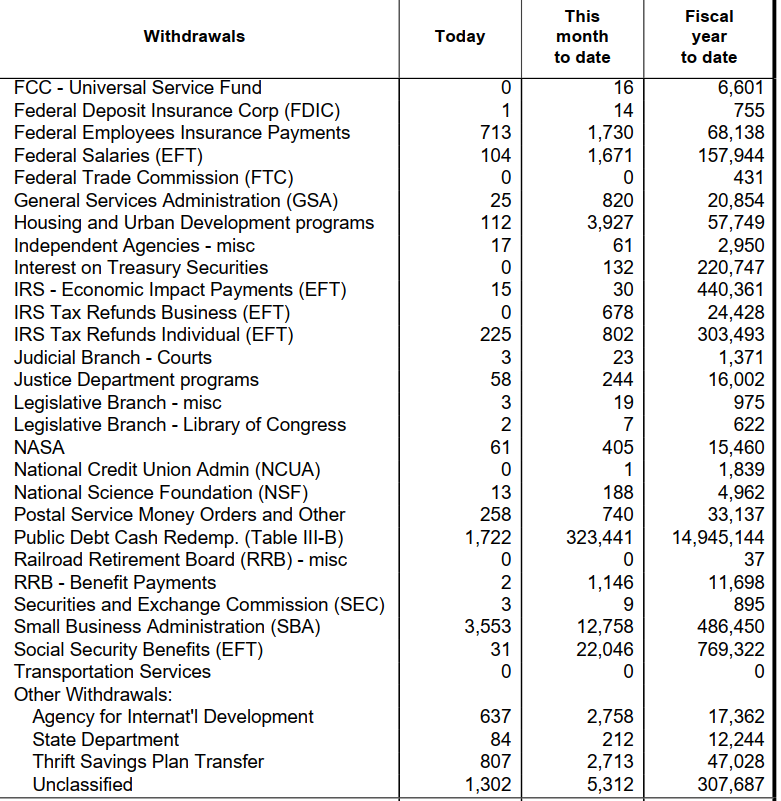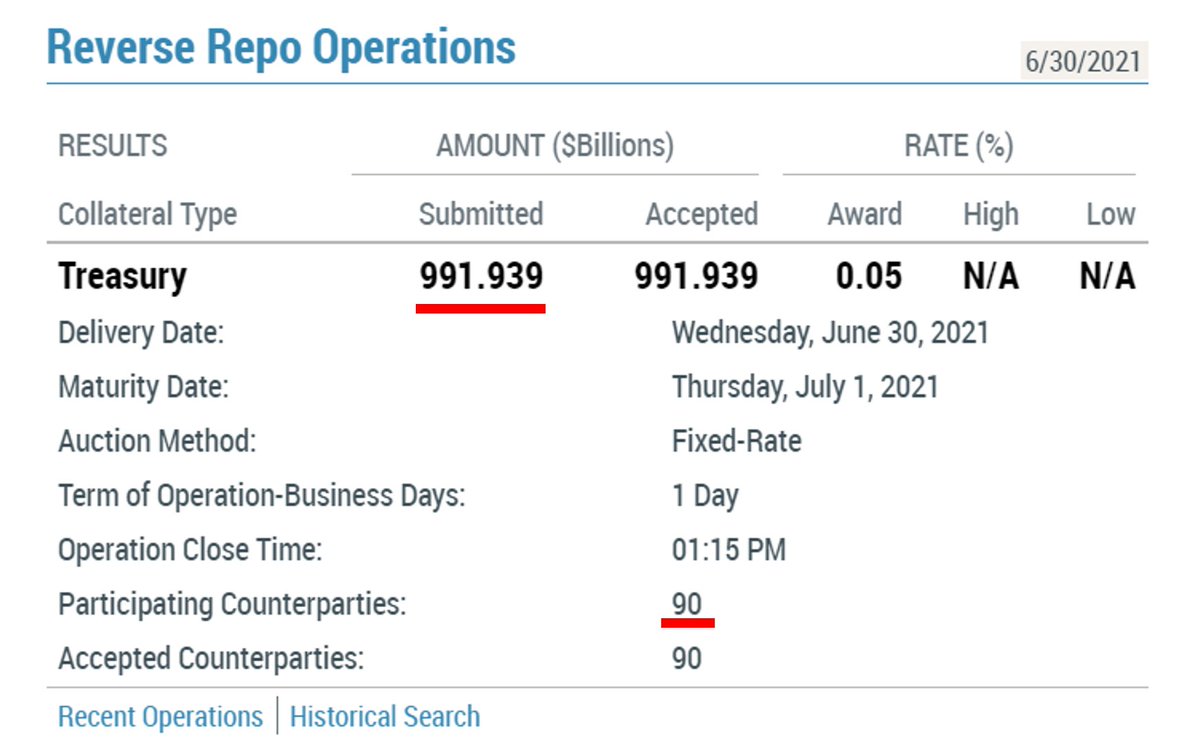
1/ Evergrande "crisis": a controlled demolition of a toxic asset producer.
would there be contagion or not? probably not
would there be contagion or not? probably not
2/ What is evergrande? It's a highly leveraged property developer, that also moonlights as a commercial bank (Shengjing Bank), a private equity firm running a bunch of fake buzzword companies, and a quasi-investment bank issuing wealth-management products.
3/ All the protests and headline problems that we heard last week is the default of its quasi-investment bank arm, whose liability is only *2%* of the overall liability of the conglomerate.
Some details and numbers are explained in this article:
bbc.com/zhongwen/simp/…
Some details and numbers are explained in this article:
bbc.com/zhongwen/simp/…
4/ The protests have been disproportionally over-covered by the media, because most of the holds of these now toxic assets are
friends & families of the current employees of evergrande.
i.e. people with some insider knowledge on how to make the company look bad.
friends & families of the current employees of evergrande.
i.e. people with some insider knowledge on how to make the company look bad.
5/ The default on these wealth-management product (40Bn RMB) is no small matter, but the bigger issue is the 2Tr RMB liability of the entire company.
Right now, Evergrande consider this crisis as a liquidity crisis, i.e. its asset value > its liability
Right now, Evergrande consider this crisis as a liquidity crisis, i.e. its asset value > its liability

6/ However most debtors now view this crisis as a solvency crisis, as they don't believe the mark-to-imaginary-value accounting Evergrande is doing to mark up its assets (future condos to be completed in the next 3 years)
7/ Back to the default on its wealth-management product that triggered the protests. Evergrande clearly thinks it is okay to restructure its debt obligation, without a court order
hdfax.com/News/News_Comp…
finance.sina.com.cn/jjxw/2021-09-1…
hdfax.com/News/News_Comp…
finance.sina.com.cn/jjxw/2021-09-1…
8/ It will now repay these debtors (40Bn RMB) over 10 quarters @ 0% APR, or in-kind using condos/retail-space/parking-space that are still under construction (30-50% chance that they may never finish), or to offset future payments debtors may owe to Evergrande
9/ To put this into context, the APR of these wealth-management products vary between 14%-25% on their original term sheet...
and many of those "in-kind" properties are located in some relatively remote part of China (i.e. 4-5th tier cities)
and many of those "in-kind" properties are located in some relatively remote part of China (i.e. 4-5th tier cities)
10/ And of course, many of the upper management of Evergrande somehow managed to pull off early-redemption of their own shares of these high-yield products. and now Evergrande p̵r̵e̵t̵e̵n̵d̵s̵ tries to get some change back from these folks.
11/ Protestors are probably very busy right now, trying to figure out the actual value of these "in-kind" properties as repayment before the Oct 1st holiday, and the most newsworthy part of the crisis may take a break next week.
12/ As every good protégé of wall-street financial wizard, Evergrande also executed the mantra of "The Best Way to Rob a Bank is to Own One". They acquired 37% ownership and became the biggest shareholder of Shengjing bank. shengjingbank.com.cn
And wasted no time in loading the bank with t̵o̵x̵i̵c̵ ̵a̵s̵s̵e̵t̵ "anonymized loan assets" (~100Bn RMB in 2 years)
They have also maxed out their loan allowance from several other banks (the exposure is somewhat limited by the "three red lines" policy in 2020) at ~9.52% APR
They have also maxed out their loan allowance from several other banks (the exposure is somewhat limited by the "three red lines" policy in 2020) at ~9.52% APR

14/ The top 20 banks with the highest exposure are all hammered today in Hong Kong hours. and that's why ES has been selling off tonight.
Contagion risk here is small though, because these banks will have the senior right during the restructuring process.
Contagion risk here is small though, because these banks will have the senior right during the restructuring process.

15/ A couple of banks have reportedly cut deals with Evergrande, by taking over property rights of certain Evergrande projects in 1st-tier cities (highest-quality asset right now).
Deals are made without courts. and banks with connections have started the feast on Evergrande.
Deals are made without courts. and banks with connections have started the feast on Evergrande.
16/ The bulk of Evergrande's debt is the bills/account payables they owe to their general contractors (construction companies mostly). These have already been traded at a 35-45% discount as of last week. so the damage is already priced in.
17/ The bills/account-payables are entirely RMB denominated (Evergrande does not pay Chinese construction companies in USD). But they were somehow mis-translated as Commercial Papers last week, which fueled the rumor that Tether is holding a lot of these toxic assets.
18/ No, these are strictly i-owe-u's written in Chinese, and denominated in RMB, with a typical APR of 9-10%. These are nothing like the AA commercial papers we have here in the states. completely unrelated.
19/ Chinese construction companies are usually quite well connected politically, and they should be able to get paid nearly in full in the end (may take them 2-3 years though).
20/ The last part is the USD-denominated senior debt they issued in HK and Singapore. The value of these have already tanked last week when rating agencies downgraded evergrande, and the damage is mostly priced in. not much contagion there.
21/ So how about contagion effect to the rest of the Chinese property developers?
1.If one compares the cash-to-debt ratio, Evergrande is particularly bad among Chinese developers. Overall debt load is fairly well spread out among developers, so Evergrande crisis is manageable
1.If one compares the cash-to-debt ratio, Evergrande is particularly bad among Chinese developers. Overall debt load is fairly well spread out among developers, so Evergrande crisis is manageable

22/ if the restructuring is spread out over 2-3 years which is typical in China.
2. The real-estate market in China is not a 100% free market. Local government routinely implement price-control measures: government recommended price for existing homes, for example
2. The real-estate market in China is not a 100% free market. Local government routinely implement price-control measures: government recommended price for existing homes, for example
23/ Local government also can suspend transactions on existing homes. new properties sometimes carry a 4-6 years of cool-off period when reselling is not allowed.
These measures can artificially pin the property price for a short while, since the carry is nearly zero in China
These measures can artificially pin the property price for a short while, since the carry is nearly zero in China
24/ with a 0% property tax. In other words, the government can forestall a price correction for a couple of years, at the cost of further damaging the property developers (which the government may not care, if local tax reform is implemented in the near future).
25/ In the long term, the Chinese government seems to be happy with the macroeconomic consequence of the controlled demolition of Evergrande for a few reasons.
1. It helps to free the liquidity from the real-estate black hole to be channel into more productive industries
1. It helps to free the liquidity from the real-estate black hole to be channel into more productive industries
26/ such as semiconductors, biotech etc.
2. debt-to-equity/ownership conversion goes along with the overall trend of nationalizing high-quality assets in China.
3. it seems to accomplish the geopolitical goal of not rewarding Australia with higher iron prices.
2. debt-to-equity/ownership conversion goes along with the overall trend of nationalizing high-quality assets in China.
3. it seems to accomplish the geopolitical goal of not rewarding Australia with higher iron prices.

27/ As a result, the likelihood of a Evergrande rescue is currently <2%. Restructuring, and a partial nationalization over a 2-3 year time-frame is probably the path of least resistance.
And the contagion effect to the US market is likely to be minimum.
And the contagion effect to the US market is likely to be minimum.
END/ After the short-term emotional sell-off is over, US equity market is probably going back to whatever track it was on before the Evergrande default.
• • •
Missing some Tweet in this thread? You can try to
force a refresh










